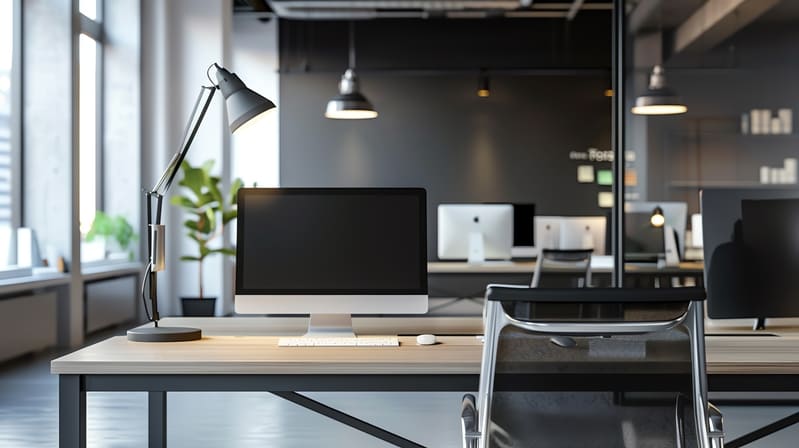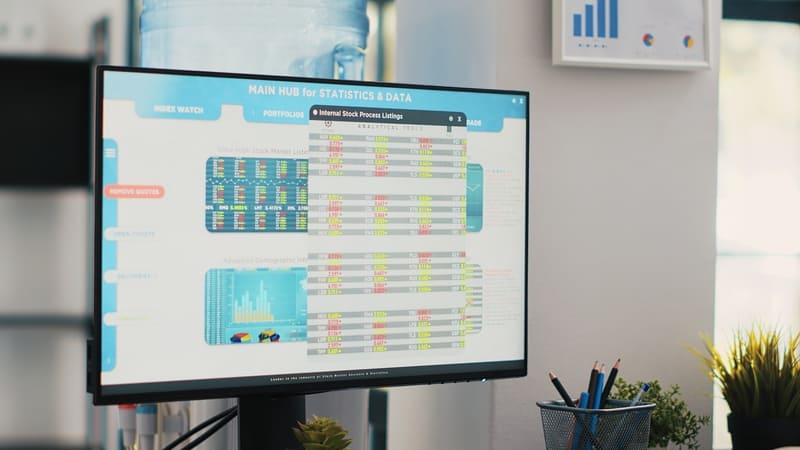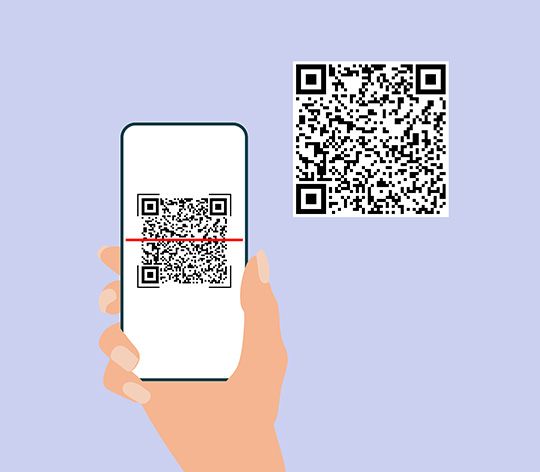
Recent news highlights that large organizations, particularly in the business services and financial sectors, are transitioning back to full-time office work.
What’s the problem?
Employees are almost entirely rejecting these mandates.
A staggering 77% of millennials and Gen Z, the youngest workforce cohort, say they would seek new employment if asked to return to the office full-time.
This sends a clear message: If employees are expected to spend time in the office, that time must be meaningful.
To achieve this, companies are beginning to think strategically about workplace experience and hybrid policies, adding complexity to how modern workspaces are planned and managed.
Recent research from JLL highlights three key initiatives driving workplace changes:
- Optimizing space utilization with data: Making layout decisions by using data to plan space.
- Adapting spaces to accommodate flexibility and hybrid schedules: Teams work differently now, and spaces need to reflect that.
- Creating a positive employee experience: Providing a good experience no matter where teams are working.
Below, you can read about the most important takeaways and learn what steps need to be taken today to ensure hybrid success in 2025.
1: Improve the Employee Experience

Hybrid work offers higher employee engagement compared to fully remote or fully in-office work—but the difference is not significant. Often, in-office employees would be just as happy working from home.
To make in-office time more effective and rewarding, the benefits of hybrid models need to outweigh the alternatives.
This involves making the time employees spend in the office meaningful and positively impacting their work-life balance.
The Rise of Structured Hybrid Models
Today, 91% of companies that previously operated remotely have now adopted some form of hybrid work.
The fastest-growing trend?
Structured hybrid models have been implemented by 38% of US companies, up 20% from last year.
In a structured hybrid model, workplace leaders specify which days employees are required to be in the office, allowing for in-person connections and smoother collaboration.
While the structured hybrid model is a good starting point for many companies, it is not a complete solution.
To fully meet employee needs and ensure flexibility, additional strategies must be developed.
2: Understand Office Utilization with Data

To objectively capture office utilization and attendance data, teams can utilize badge swipes, Wi-Fi connections, and sensor triggers.
At Girin, we provide a mobile check-in system that enables teams to gather data regardless of their Wi-Fi or badge access provider.
Our employee check-in feature allows employees to automatically sign in through badge swipes or Wi-Fi connections, eliminating the need for manual check-ins.
Uncover Insights with Girin
We provide detailed reports and dashboards to help businesses make critical decisions by showing who is actually in the office in real-time.
These reports allow you to see whether employees checked in as planned, which days the office is busiest, and which office locations have the highest utilization. Additionally, you can better understand the balance between hybrid, remote, and in-office employees, allowing you to make informed policy decisions.
3: Optimize Space and Increase Flexibility

With the rise of remote work, workplaces now require more agile and flexible planning models. Girin’s remote work support allows employees to actively participate in workplace processes no matter where they are.
Through Girin’s mobile applications, efficient desk and room planning can be done for remote employees, ensuring that office space is utilized most effectively.
Girin’s remote check-in systems allow you to easily track employee working hours and attendance, regardless of where they are located.
When employees are not in the office, they can lend their desks to others or allow for the optimization of empty spaces. This ensures that companies make the most out of their existing space without needing to invest in additional real estate.
The flexibility Girin offers helps increase productivity for hybrid and remote teams, while also allowing employees to better balance working in the office and remotely.
The Data Flywheel: Putting it All Together
Supporting both employees and financial goals requires companies to have real-time visibility into what’s happening across their workplaces and to be able to adapt quickly.
By connecting systems that collect data—such as staff check-ins, visitor management, desk and room bookings, and even facilities tickets—you can normalize data across different sources.
Your team now has real-time and accurate metrics that reflect the reality of your workspace, enabling quick and informed decision-making.
As your spaces evolve, you gather a new set of data, driving continuous optimization.
Succeed with Girin in 2025
Ensuring workplace success in 2025 requires a strategic approach to hybrid work. By optimizing space utilization with Girin, you can ensure that employees work efficiently and comfortably. Girin’s mobile check-in systems and other solutions create dynamic and flexible environments that support both in-office and remote employees.
Leveraging Girin’s integrated solutions to collect, manage, and normalize data from various sources allows you to make informed decisions about the workplace. Girin’s tools make it easy to track employee attendance while also improving office utilization.
With the right tools and strategies, you’ll be ready to adapt and thrive in the evolving workplace landscape with Girin.



